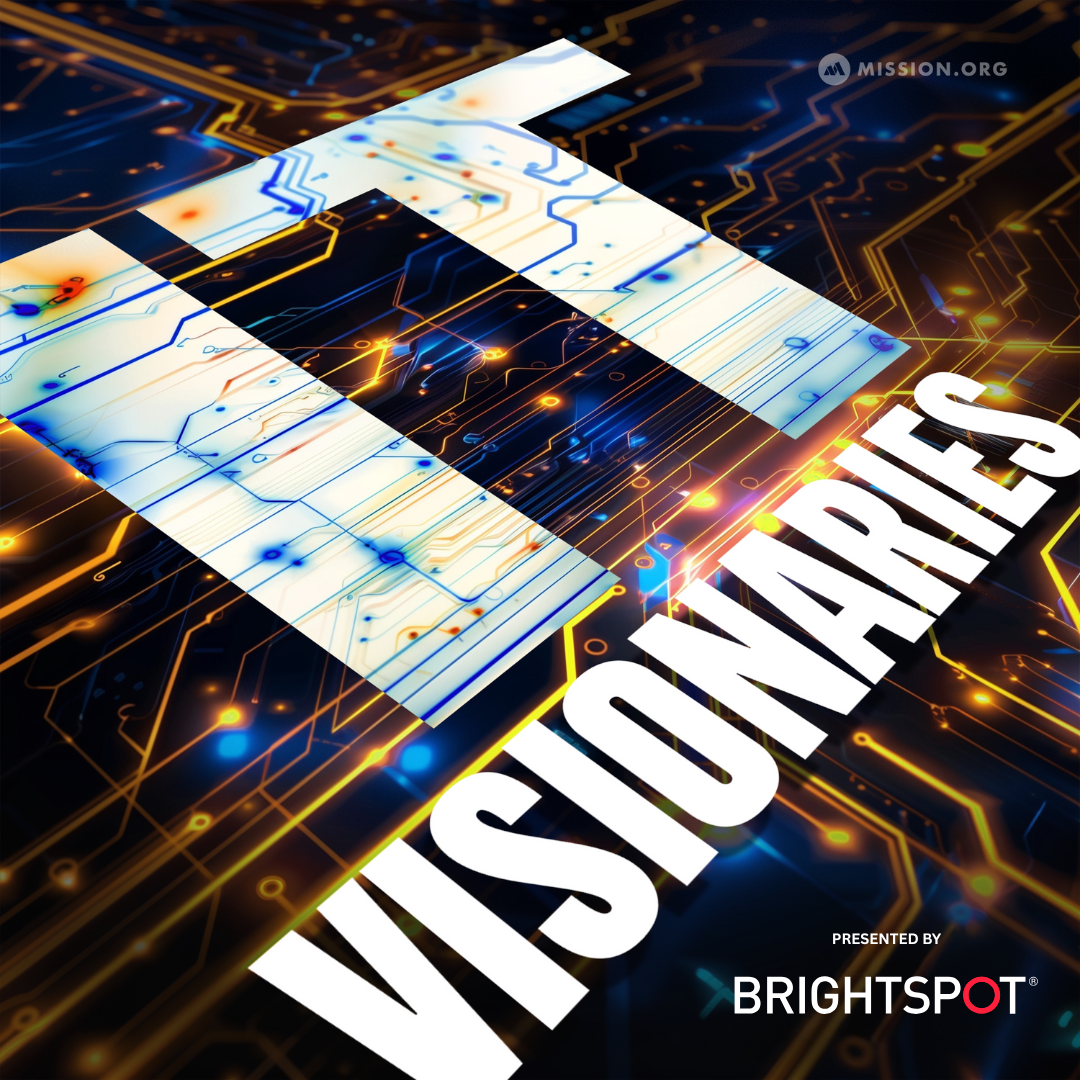Standing in line at an airport is a bad experience. Shuffling through your wallet once you reach the front of that line only to realize you don’t have your driver’s license, that’s a worse experience. From boarding airplanes to purchasing alcohol, the technology that enables digital driver’s licenses already exists, but with adoption levels still so slow, the question is what’s the hold up?
“I always liken it to chess and checkers — checkers, super easy to play. And giving access to people is playing checkers. Giving access to people based upon them being who they say they are, that they’re doing what they’re supposed to be doing, that they are where they’re supposed to be, that they’ve been given approval for those assets, that’s chess.There’s this notion of authentication authorization approval, and today it’s expanded into verification and proofing. So four key components and just like chess, you learn how to play it relatively quickly, but you spend the rest of your life mastering it.”
At least 17 states in the continental US have considered or implemented digital driver’s licenses, but few have been able to create a system that leads to widespread adoption across the population and in government offices alike. On this episode of IT Visionaries, Richard Bird, the Chief Customer Information Officer at Ping Identity, explains what the hold up is in getting digital driver’s licenses to all 50 states, and he sheds light on the biggest obstacle that is stalling the adoption process.
Main Takeaway
- The Privacy Paradox: From GDPR to CCPA, all data privacy legislation requires companies to protect consumers from harm that could come by way of using its product or services. But there are few or no rules or guidelines that protect users from their own digital identities. This means that companies must take on a larger role in not only making sure that users’ digital identities are secure, but that they are educating users on the proper ways to protect themselves.
- You’re So Predictable: Digital identity experiences need a vessel to live on such as smartphones or wearable devices, but one of the big concerns from implementing these pieces of equipment is the amount of data that will be gathered from these events. What is the appropriate level of data aggregation and how much is too much when it comes to being able to predict things such as human behaviors and predictability patterns?
- A More Inclusive Environment: Digital identity has the power to be a key driver to global growth and digital transformation, but at the same time it can also lead to data biases that are collected from these. If someone fails to update an address on their driver’s license, that information could lead to misrepresentation of population.
For a more in-depth look at this episode, check out the article below.
Article
Standing in line at an airport is a bad experience. Shuffling through your wallet once you reach the front of that line only to realize you don’t have your driver’s license, that’s a worse experience. From boarding airplanes to purchasing alcohol, the technology that enables digital driver’s licenses already exists, but with adoption levels still so slow, the question is what’s the hold up?
“I always liken it to chess and checkers — checkers, super easy to play. And giving access to people is playing checkers. Giving access to people based upon them being who they say they are, that they’re doing what they’re supposed to be doing, that they are where they’re supposed to be, that they’ve been given approval for those assets, that’s chess.There’s this notion of authentication authorization approval, and today it’s expanded into verification and proofing. So four key components and just like chess, you learn how to play it relatively quickly, but you spend the rest of your life mastering it.”
At least 17 states in the continental US have considered or implemented digital driver’s licenses, but few have been able to create a system that leads to widespread adoption across the population and in government offices alike. On this episode of IT Visionaries, Richard Bird, the Chief Customer Information Officer at Ping Identity, explains what the hold up is in getting digital driver’s licenses to all 50 states, and he sheds light on the biggest obstacle that is stalling the adoption process.
Bird estimates that roughly 30% of his time these days is spent working with Ping’s largest customers helping them strategize and implement a plan when it comes to identity access management across their organizations. The other 70% is divided up between the time he spends speaking at conferences, keynotes, and media engagements, and his personal responsibilities leading one of the largest access identity management companies in the U.S.
Regardless of what he’s doing, though, Bird said there is one critical thing to realize about the problem surrounding digital identity — he explained that we already have the technology in place to create frictionless and passive digital identities, but the hold up has to do with security and privacy regulations.
“In 30-plus years, the basic framework, the basic architecture for security information, and cybersecurity has not changed,” Bird said. “We put a database in the middle and we don’t actually put a human being into the equation. And because we didn’t put a human being into the equation, identity is one of the weakest areas of control from a security standpoint. And when it’s weak from a security standpoint, it’s weak from an innovation and enablement standpoint.”
Enablement and adoption is a big concern for companies such as Ping, and it’s an area the company wants to address. Ping envisions a scenario where access management, whether it’s at the consumer or enterprise level, is as simple and carefree as using a smartphone or smartwatch. The problem is that there a number of critical steps that must be taken to get to that level.
“Here’s the deal, you can’t get from account to password, to frictionless in one jump,” Bird said “The big thing, when you look at those layers, is that people are misunderstanding the possibility of a device that doesn’t necessarily need to be a phone. My smartwatch today is smarter than my smartphone was three years ago. Whether it’s wearables, whether it’s mobile devices, there are these electronic imprints in our life that are giving us the flexibility to create a situation where we can triangulate tons of different information.”
Those electronic implements are opening up new questions for Ping. Some of those questions include, how do you implement higher tiers of authentication? This would included instances where the technology can pinpoint if a person it is engaging with the piece of technology they are supposed to, but also that the end user is safe from the ancillary issues that arise from data that gathered from devices such as smart phones and wearables.
“How much of that data is aggregated — behavioral, locational, informational data, etc?” Bird asked. “How much do I have to accumulate and how many of those data points do I have to accumulate before I’m now into issues of privacy? If I have all this information, I can track you. I can follow you. I can be persistent and bug you. That’s the next frontier that we have to navigate through is how do we navigate this very thin separation between a great fixed, frictionless, passwordless user experience, and then doing the right thing with all of this information that creates this powerful capability for strong authentication that doesn’t actually require you to be directly involved.”
Bird circled back to digital driver’s licenses, and noted that states such as Colorado have reached a point where 100% of residents needing new forms of identification are going with digital IDs. In this case, Bird explained, the issue moves from implementation to adoption across all sectors.
“What’s going to be the really big issue is the massive change in business process,” Bird said. “Do you accept digital credentials? We give people the power to be able to present them and then we’re going to have to go through this interesting period of growing pains, where all these business processes are going to have to be changed in order to accept a digital credential, because this is how far behind identity is the concept of a digital world.”
To hear more from Bird about how Ping is helping to create a frictionless and passive identity experience through real ID technology, check out the full episode of IT Visionaries!
To hear the entire discussion, tune into IT Visionaries here.




